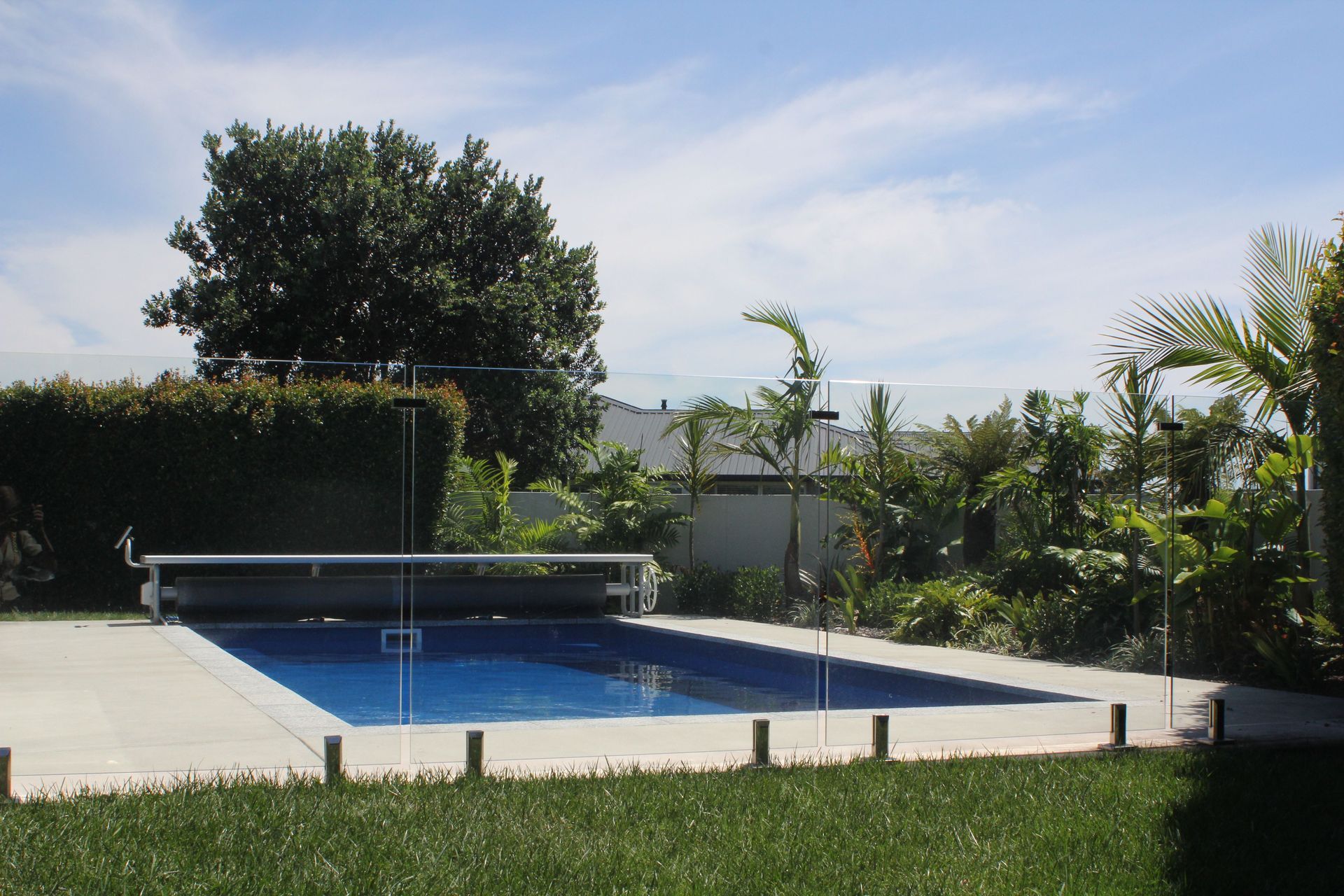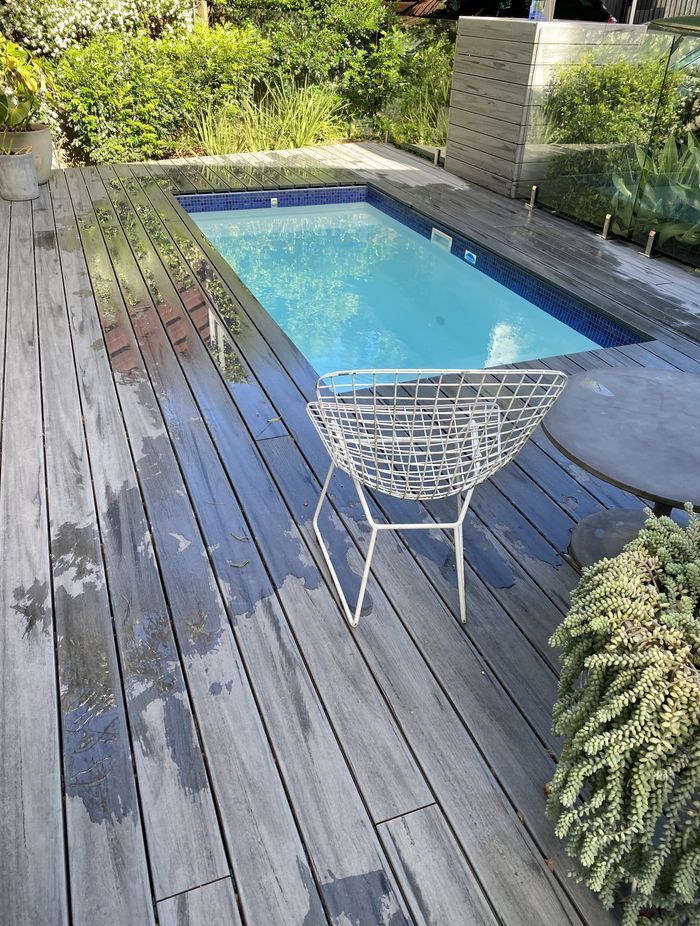The ultimate guide to choosing the perfect spa & pool for your home
Written by
09 April 2024
•
5 min read

Choosing the ideal aquatic feature for your home involves a myriad of considerations, ranging from maintenance requirements to design aesthetics. To guide you through this process, we spoke to Murdoch Horan from Poolpac, a leading provider of premium spa and pool solutions.
When deliberating between installing a spa, a pool, or swim spa, homeowners must weigh several factors. The primary consideration is space availability, as it dictates the feasibility of accommodating either or both features.
Horan suggests that for those with limited space, a swim spa presents an attractive solution, offering the benefits of both a spa and a pool within a compact footprint.
“Swim spas offer an amazing opportunity to have both in one unit - some even have a smaller spa pool built into one end of the pool - for example, the Passion Vitality is a seven-seater spa as well as a swimming portion that runs on different temperatures.”
In most cases, you can avoid council consent, and will only require a fencing permit if the swim spa is put in the ground. Additionally, consider whether you have hydrotherapy needs, which offer specialised seating options in spas catering to individual wellness requirements.
“Our Signature and Exclusive ranges offer a variety of specialised seating for replicating specific massage techniques through hydrotherapy.”
Pools come in aggregate or fibreglass variants, offering customisable or pre-sized options to suit different spaces and budgets.
“The awesome part about pools is sanitation options such as automatic dose machines or salt water chlorination, which are completely up to the preferred option of the homeowners,” shares Horan. “We recommend communicating with your pool builder as to what option works best for your specific installation and lifestyle.”
Spas, on the other hand, boast a wide range of quality and design options, with advanced models featuring dual massage pumps for enhanced hydrotherapy benefits.
“Spa pools are more simple in terms of differences; quality and design are the main differences. If you are really keen on getting the most out of your hydrotherapy, a dual massage pump spa is the best option to maximise health and wellness benefits.”

Heating & filtration considerations
Heating and filtration systems play a pivotal role in maintaining energy efficiency and water quality. Spas typically utilise built-in heating elements, while larger units may employ external heat pumps for enhanced efficiency. Pool heating options range from heat pumps to solar, while filtration choices include sand or cartridge filters, each tailored to specific needs and preferences.
“All spas come with cartridge filtration where pools can have media filters, both options have their benefits,” shares Horan. “Sand filters are better for larger pools as they have a better flow rate for larger bodies of water, whereas cartridge filters are able to pick up finer particles at a slightly slower rate.”
Both media and cartridge filters work effectively for maintaining water quality and should be specified to the build itself.
Navigating regulatory requirements
Before embarking on a spa or pool installation project, homeowners should familiarise themselves with relevant regulatory requirements. This may include obtaining fencing permits and building consents, depending on the size and location of the installation. Consulting with local authorities and professionals ensures compliance with regulatory standards.
“The most common misconception is that pools can be installed anywhere there is space in the property, but that is not the case all the time. For new builds it is much easier to plan around, but installations in a property where the house has already been built can be difficult, especially if the space is limited,” shares Horan.
Accessing council records is extremely important before deciding on a location, to locate soak rings, main lines for power, waste pipes and water inlets.
Budget considerations
Budget considerations play a crucial role in selecting the right spa or pool for your home. Planning ahead and incorporating desired features from the outset can help minimise future expenses.
“There will always be little additions that you wish you did while you were building the pool; most pools require full rebuilds to add things like that down the line - that classic ‘buy once, cry once’ saying rings too true in many of our customer experiences.”
The same goes for spa pools, cover lifters, automated gazebos or shutter tops, although with spas they can all be done after the fact with little need for any adjustments.
Investing in quality products and automation technologies can also optimise long-term costs and enhance user enjoyment. Cordless pool cleaning robots, self-cleaning systems, and automatic chemical dosing machines streamline maintenance, while low salt chlorinators offer eco-friendly water treatment options.
Understanding maintenance requirements
Maintaining the longevity and functionality of spas and pools necessitates diligent upkeep, with chemical balancing being one of the most critical aspects.
Horan recommends small, regular doses of chemicals for optimal results. For homeowners opting for a do-it-yourself approach, many valet service pool cleaning providers offer affordable in-house water testing to facilitate accurate chemical balancing.
Explore premium pools and spas from PoolPac

